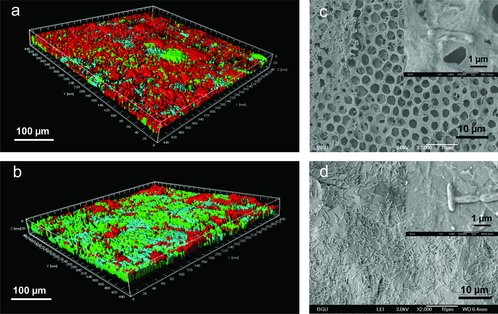A joint research project led by BGU’s Dr. Ariel Kushmaro from the Avram and Stella Goldstein-Goren Department of Biotechnology Engineering and a member of the National Institute for Biotechnology in the Negev (NIBN) in cooperation with a research group headed by Prof. Xiaodong Chen from Nanyang Technological University in Singapore has led to the development of an innovative structure using graphene.
Fabricating free-standing, three-dimensional (3D) ordered porous graphene structure can service a wide range of functional materials such as environmentally friendly materials for antibacterial medical applications and efficient solar harvesting devices. Graphene is a two-dimensional sheet of carbon atoms arranged in a hexagonal pattern like a hive, has the thickness of a single atomic layer, and is the cornerstone of graphite, fullerenes and nano carbon tubes. Graphene is one of the most flimsy materials and the most powerful known to researchers today.
Future applications of this development focus on creating surfaces with properties that allow the creation of biofilms, such as desalination membranes, industrial surfaces and relevant clinical surfaces such as catheters, dressings, implants and the like.
The development was carried out in collaboration with Dr. Moshe Herzberg from the Zuckerberg Institute for Water Research on BGU’s Sede Boqer Campus, and student Julia Goldovsky.
This research titled Functional Free-Standing Graphene Honeycomb Films was recently published in the leading scientific journal Advanced Functional Materials.

Above: Laser scanning confocal microscopy images of green fluorescent protein labeled Pseudomonas aeruginosa PAO1 biofilm on a) graphene honeycomb film and b) graphite surface after 48 h incubation. The biofilm stained with live (green), dead (red) and EPS (blue) kit. SEM images of green fluorescent protein labeled Pseudomonas aeruginosa PAO1 biofilm on c) graphene honeycomb film and d) graphite surface after 48 h incubation; insets are the amplified images of Pseudomonas aeruginosa PAO1.
